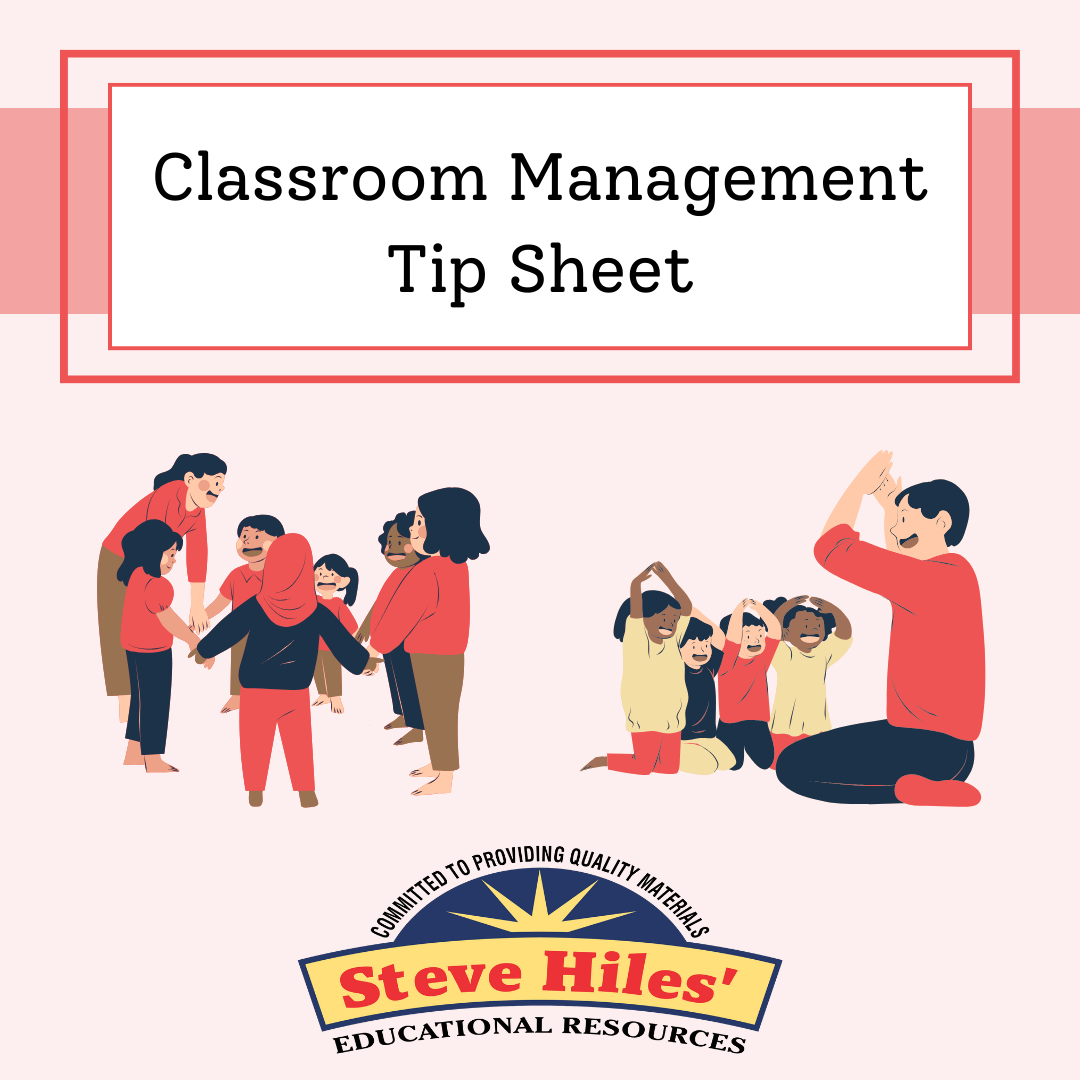The notion that establishing classroom rules once during the school year is hardly realistic. Through the years, I have found it helpful–even necessary to reteach, model and rehearse the “Class Rules,” especially after Fall/Winter or Spring breaks. Students often seem to forget (or choose not to remember) the rules that they followed before the holidays.
There are many different schools of thought regarding classroom rules. There are teachers who let the children decide on the rules and how they will be implemented. Other teachers have rules already in place that they expect to have followed.
This is strictly ‘teacher preference’ and both methods have merit. You may wish to use both!
Table of Contents
ToggleStudent Discussions of Class Rules
Letting the students decide on the rules provides for ‘buy-in’ and ownership of the process, whereas having rules already in place enables the class to ‘hit the ground running.’ Either way, it is you call — there is nothing saying that you cannot do both as the year progresses.
I would, however, keep the number of rules down to 3 or 4, especially during the first days of school.
You might wish to start with your own “ground rules.” These are things that are important to you to maintain control and support your teaching. You can tell the students at the start that later on that week or later in the term, they will be asked to discuss and develop a new set of class rules. If you choose to do both, students will have a chance to “try out” the rules and to think about what is important to them for a pleasant classroom experience in the classroom.
In the first days, making the class rules the central focus of the class hours can be very fruitful. Give the students a chance to discuss the reasons and purpose for a given rule, the disasters it might help prevent, and the consequences if a rule is not followed. Keep asking questions and help the students to imagine circumstances in which the rules help.
ACTIVITY: First Day Focus on Class Rules
One of my first day activities involves the children in discussion of the rules. I supply art materials — paper, colored markers or pencils, etc. — so that they can illustrate what each rule “looks like.” I give them different settings and ask, “What does this rule look like in the classroom? In the hallway? In the cafeteria? On the playground?”
After the students have had the chance to draw or write comments, as a whole group, we compile information on a chart. I keep the chart posted where it is visible and use it to reinforce the rules during the first weeks.
A final thought about rules…
Not only do class rules need to be taught, modeled and rehearsed to be truly effective, but the teacher needs to be consistent and fair in applying them.
What I have found with respect to Class Rules is that spending a lot of time on the rules upfront during the first days of school, and reviewing them often in the early weeks, helps avoid ongoing headaches through out the rest of the year!
All the best,
Steve
Be sure to follow my store for the latest educational resources, sales and freebies!
New resources are discounted 50% during the first 24 hours.









